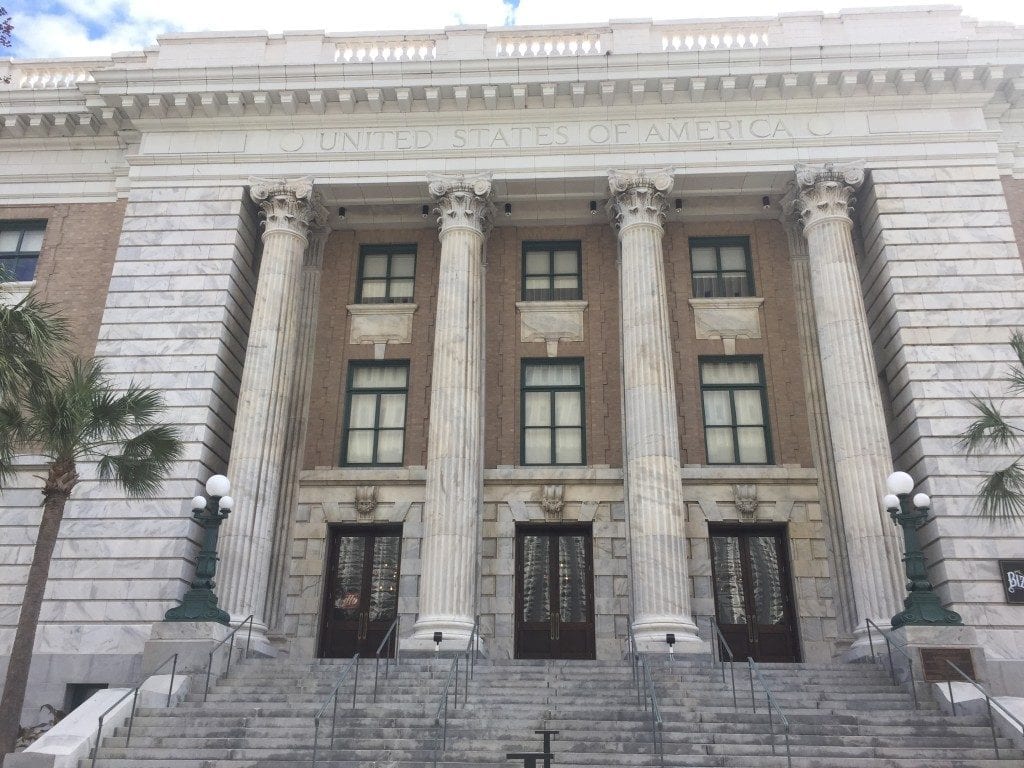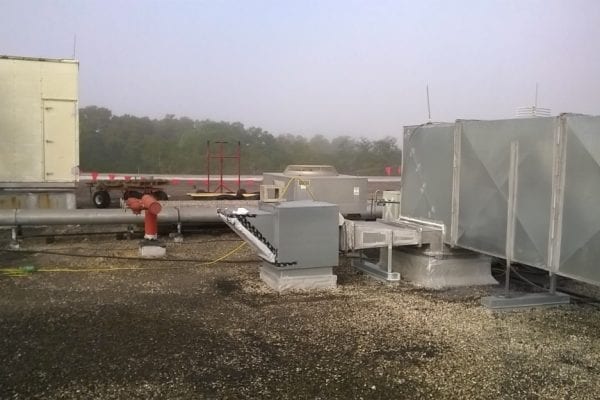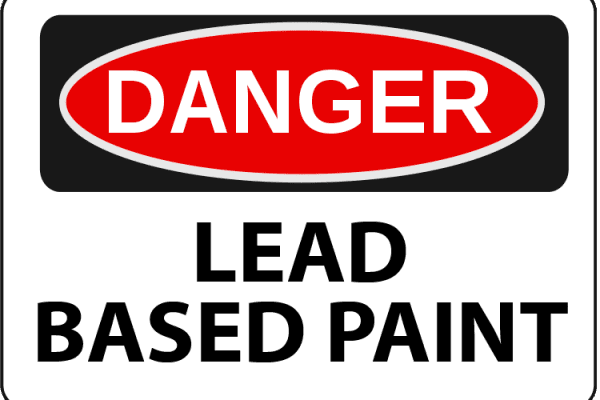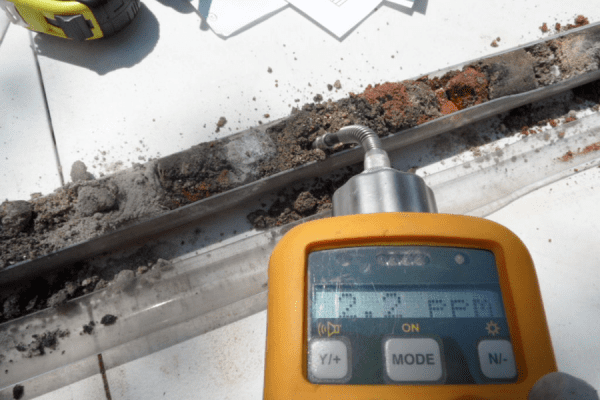When the federal courthouse in Tampa was built in the 1990s, the city was in the middle of a doomed attempt to transition all government work to the metric system. As part of that move, the courthouse building was planned, designed, and constructed to metric measurements. What this meant, in practical terms, is that every element had to be custom made to fit non-standard sizes.
Combined with various construction issues, the result for both the government services agency (GSA) that built it and the judges who made up its primary tenants, was a more than a decade-long indoor environmental nightmare. From the very beginning, the building leaked. The GSA spent millions of dollars on repairs, only to have leaks reappear almost immediately.
The leaks made indoor conditions intolerable to the judges and their staff, who became increasingly impatient as the situation dragged on. Meanwhile, moist interior conditions fostered the growth of mold, impacting indoor air quality and potentially causing health problems.
After struggling with the problem for over a decade, in 2007 the GSA contracted with a remediation, waterproofing, and restoration team of which GLE formed the remediation branch. Before work began, we performed a top to bottom assessment for water damage, as well as air quality testing on each floor of the building. In addition to our mold remediation expertise, we consulted with our internal building forensics teams to ensure a quality assessment.
Because we have extensive experience working in courthouse environments, with all of their security and public work environment concerns, we were able to perform this work with minimal disruption to the daily operations of the courthouse.
We discovered extensive water damage throughout, though air quality was fortunately only minimally compromised. We delivered a report showing the areas of water and mold damage, plus a mold remediation plan.
Meanwhile, our partner teams assessed the causes of water intrusion and identified areas requiring restoration. For instance, during construction, some window casings had been installed backward so that the weep holes—small channels designed to direct water outdoors—were weeping into the building instead of out of it. Roofing and wall systems likewise had extensive construction-related problems that required remediation.
We worked in tandem with the waterproofing and restoration teams to address mold problems throughout the building with minimal disruption. As the restoration process proceeded over the next five years, additional areas of mold damage were identified, all of which underwent mold remediation as they were uncovered.
A project of this scope and longevity can be challenging for mold remediation teams, due to internal staff turnover and turnover on the client’s management team. GLE’s long-term team stayed with the project, helping to smooth bumps caused by changes in the courthouse and GSA’s management teams, and completed the project in 2012.
While the judges and other courthouse staff weren’t thrilled at how long it took the GSA to bring in a competent team to address the original problems, they were certainly pleased that we finally resolved everything. Thanks to the good efforts of the waterproofing and restoration teams, the building has had no further water intrusion problems, and no recurrence of mold.






